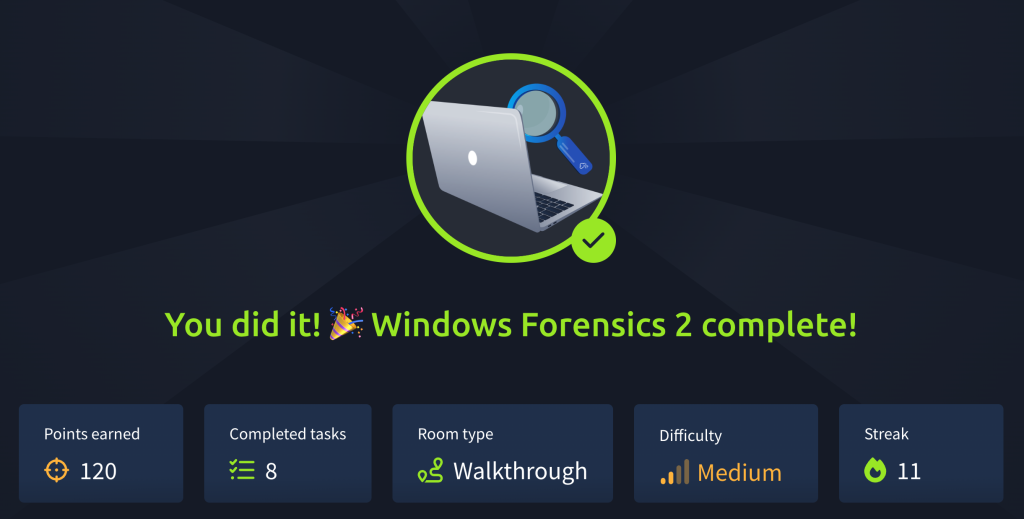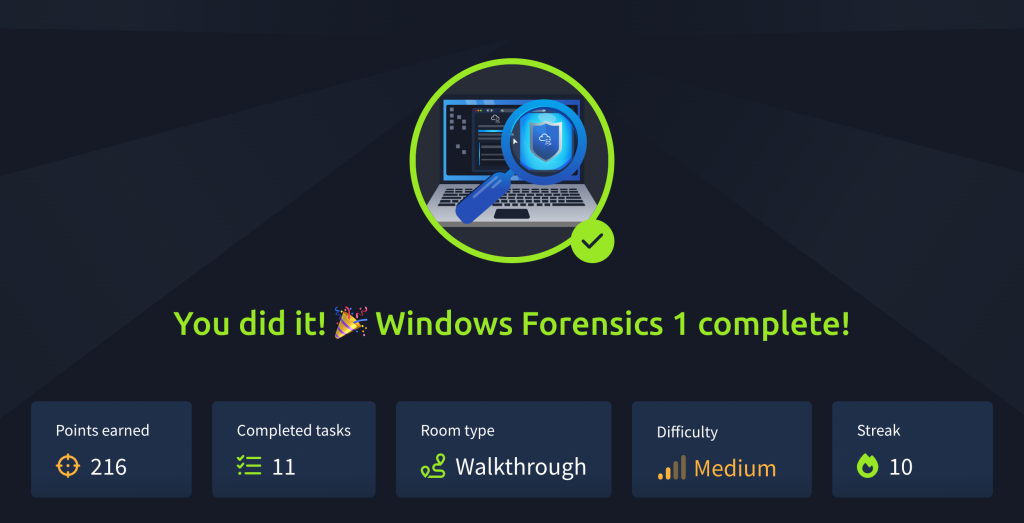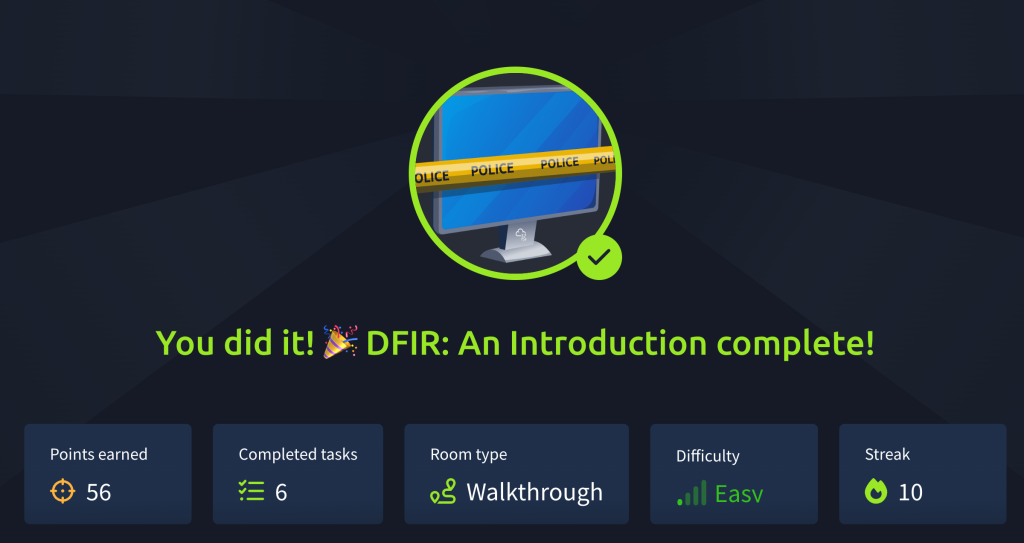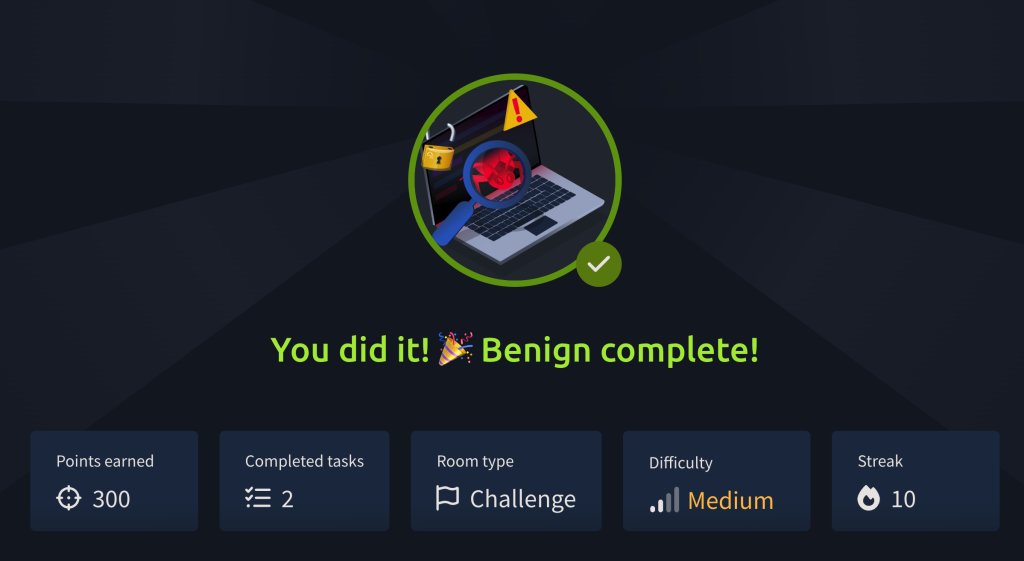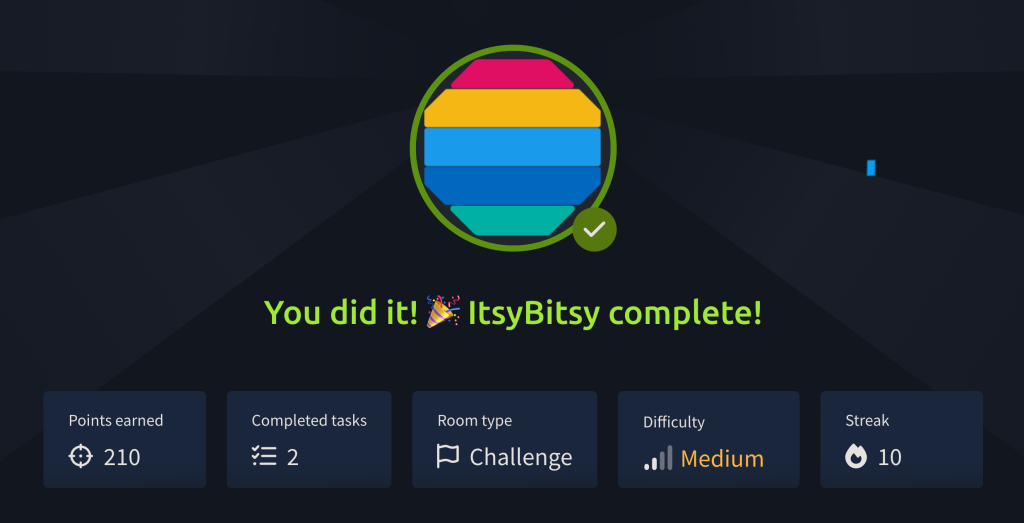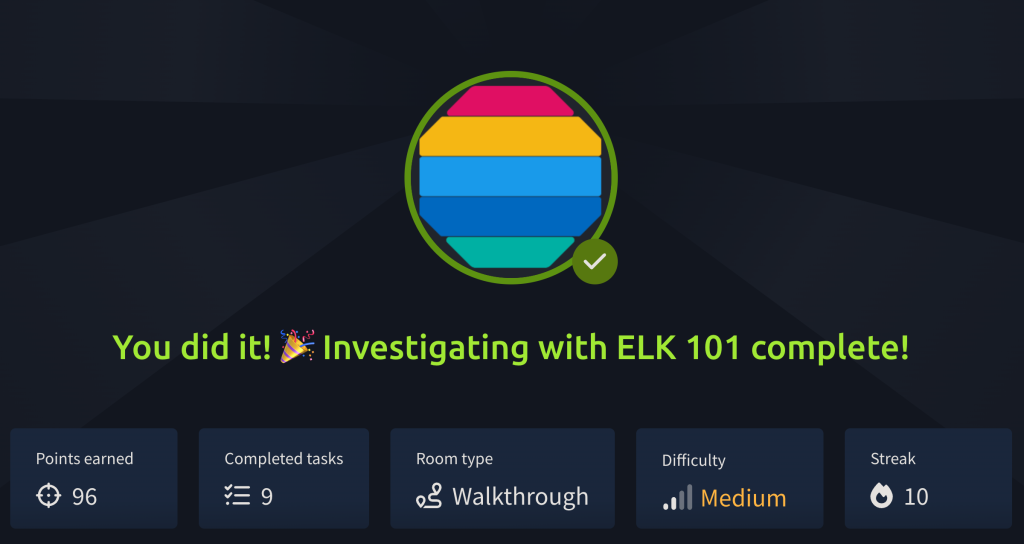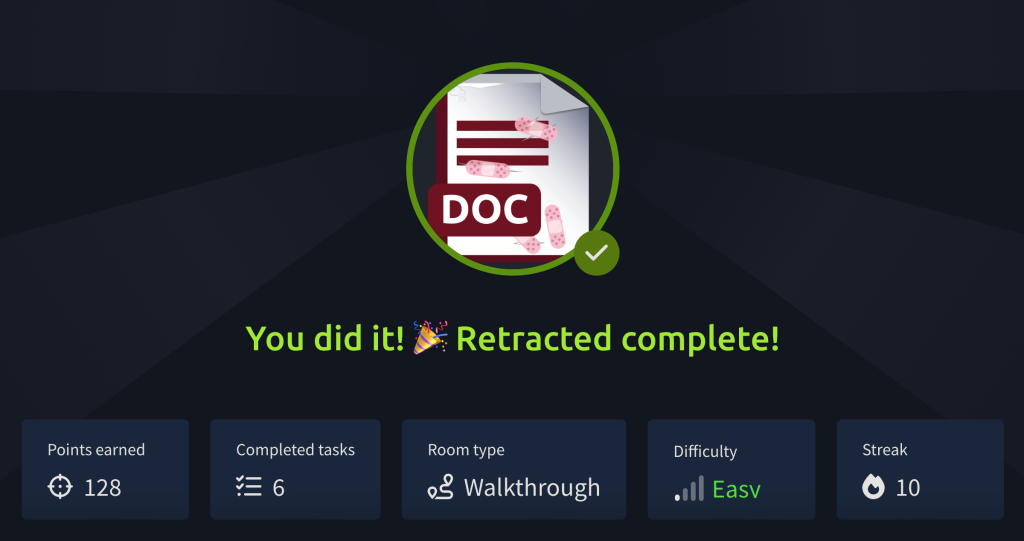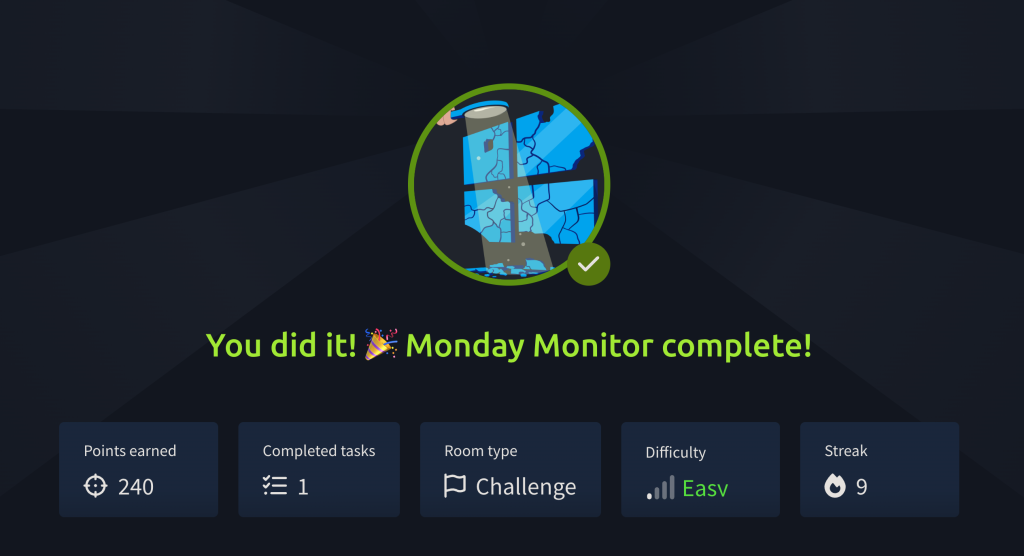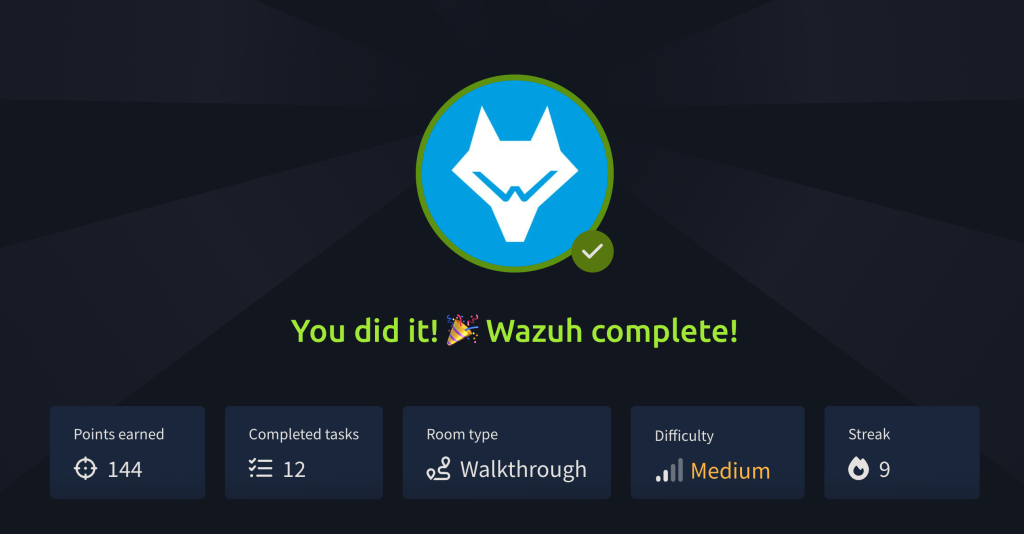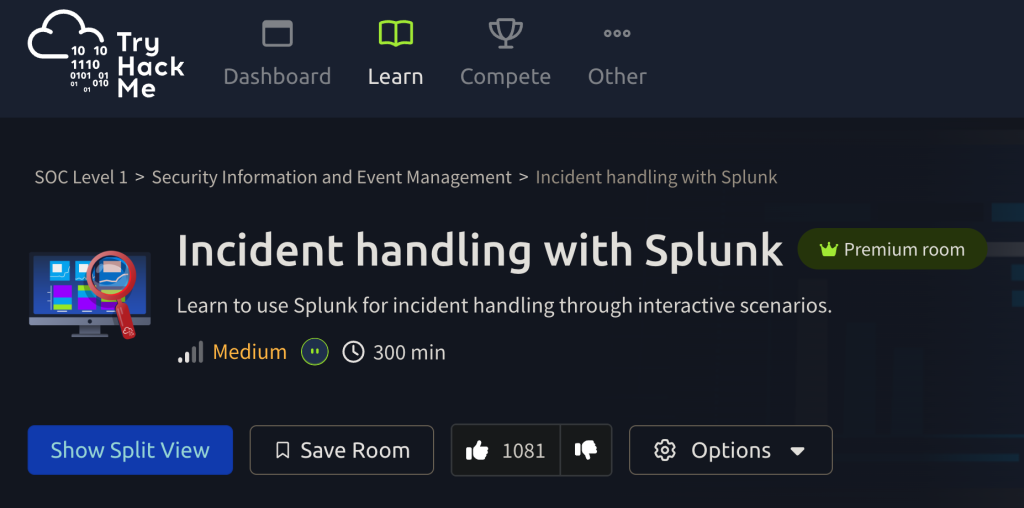Digital Forensics and Incident Response – Windows Forensics 2 on TryHackMe
In Windows Forensics 2, I built on what I learned in the first room by diving deeper into specific artifacts that reveal user and attacker activity. This included investigating browser history, USB device connections, and other traces that remain on a Windows machine even after actions are completed. The room emphasized how much information is […]
Digital Forensics and Incident Response – Windows Forensics 2 on TryHackMe Read More »
